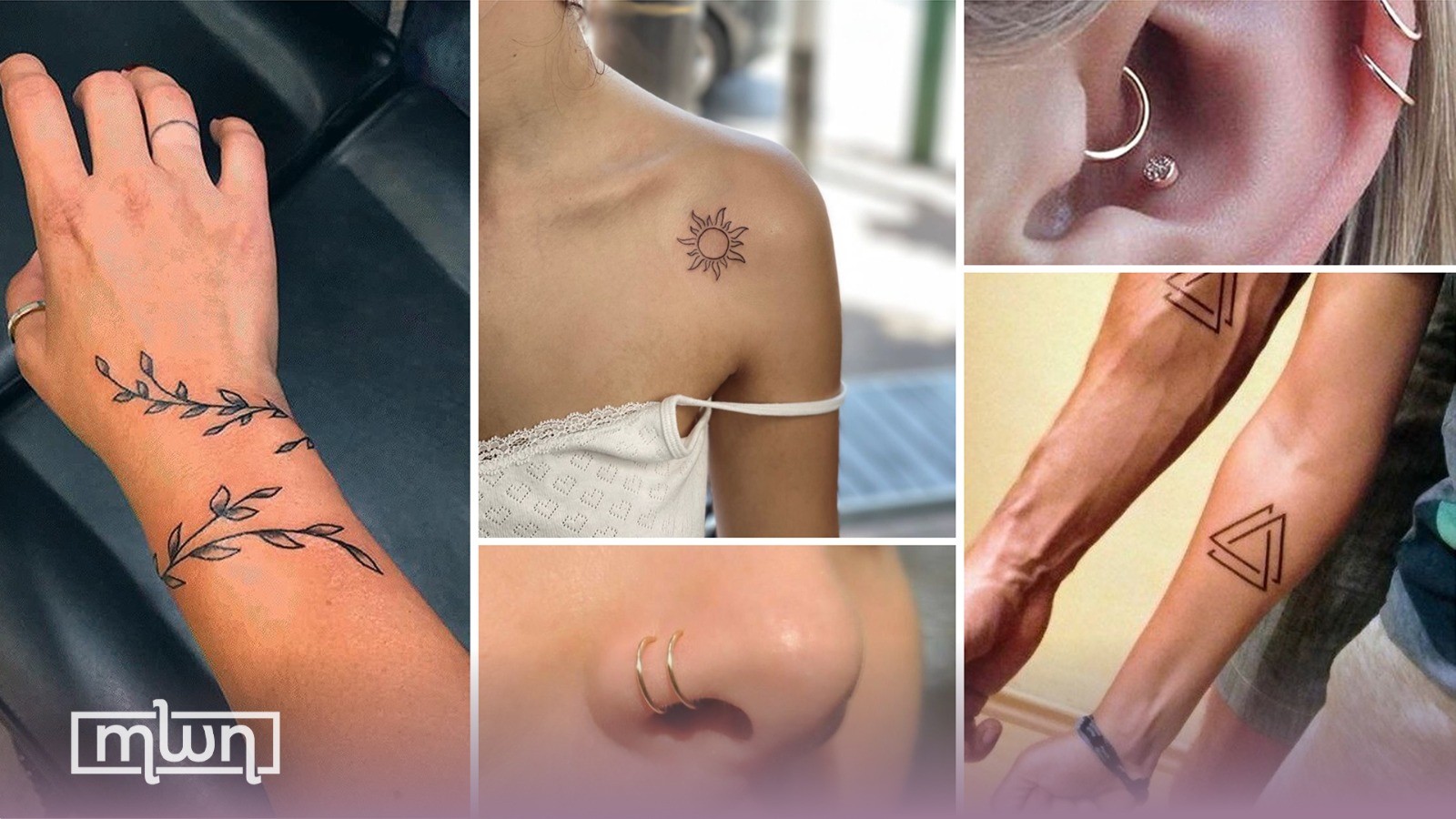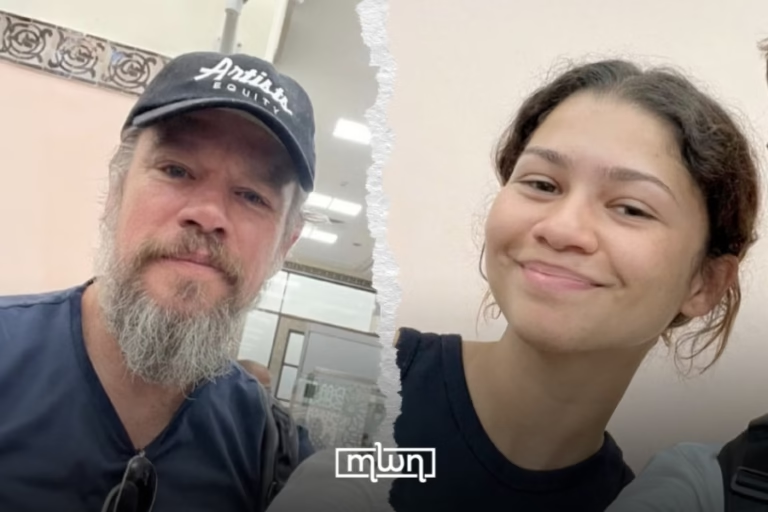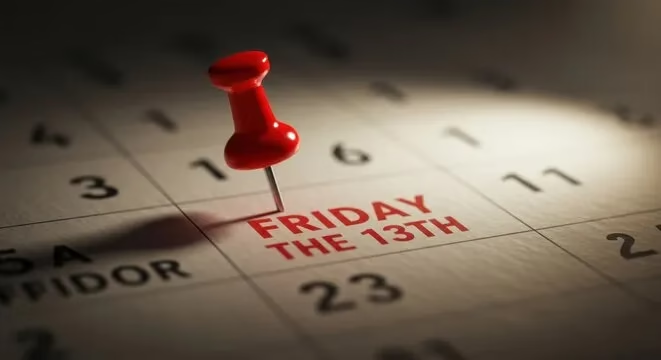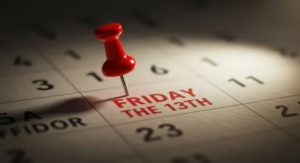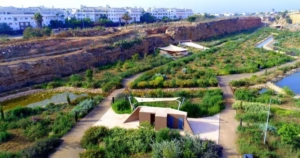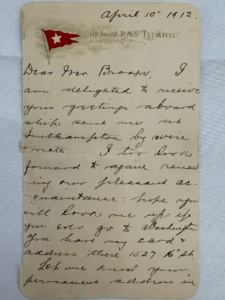Rabat – When it comes to self-expression, tattoos and piercings articulate an individual’s narrative and are similar to thoughtfully selected accessories or a daring fashion choice.
The art of self-expression encompasses a myriad of methods through which individuals convey their stories, identities, and experiences. It lies in expressing one’s unique perspective through creative and authentic means.
Tattoos and piercings represent just a fraction of the myriad ways individuals express themselves. Through these forms of body art, people visually manifest their chosen ideas and narratives, making a powerful declaration of self by selecting designs, symbols, or locations that hold personal significance.
In Morocco, this self-expression extends beyond what meets the eye. As in many other cultures, tattoos and piercings are subject to certain stereotypes and societal perceptions. So, while this clandestine community conceives tattoos as a walking testament to personal experiences and beliefs, there exists a contrasting perception.
In Morocco, some perceive those who have body art as rebellious, defiant in nature, who seek to challenge the established norms and societal expectations.
This stereotype paints these individuals as flame-bearers, indirectly defying the conventional script of conformity.
Piercings also emerge as a dynamic channel of expression. Each piercing is a means to accentuate or reshape facets of the physical form.
Yet, akin to tattoos, piercings too are entwined with notions of rebellion. Covered with imprints of Western culture, these accessories can imply embracing foreign trends and diverging from traditional Moroccan values.
In self-expression, both those with tattoos and piercings may find themselves linked to notions of criminal or deviant behavior. This stereotype tends to trigger unwarranted assumptions and shadows an individual’s character.
In a society that leans towards tradition, like Morocco, exists stereotypes suggesting that individuals with tattoos or piercings may not strictly align with religious or conservative norms. While Islam’s Holy Book doesn’t explicitly condemn tattoos, society echoes the belief that they are prohibited and banned according to hadith Sahih al-Bukhari, “The Prophet cursed the one who does tattoos and the one who has a tattoo done.”
Moreover, there exists the risk that individuals with visible body art may encounter a few challenges professionally. Some employers may be biased regarding tattoos and piercings in the workplace. These challenges are escalated for women, as they are often subjected to additional stereotypes that label them as prostitutes, even leading to questioning their character, resulting in societal exclusion.
Another stereotype revolves around misconceptions regarding the social class or background of individuals with tattoos and piercings. There’s a common assumption that they come from less conservative or more liberal environments.
While both tattoos and piercings are linked to a variety of stereotypes, piercings seem to face less judgment and misinterpretation from Moroccan society. That being said, tattooing stands as one of the ancient rituals deeply ingrained in Moroccan culture, with roots tracing back to the pre-Islamic era.
This tradition dates to a time when Berbers, or Amazigh peoples, were the sole inhabitants of Morocco.
Embedded in the rich Amazigh culture, women tattooed their faces as a centuries-old tradition that served as a cultural marker. These tattoos powerfully symbolized diverse facets of one’s identity or status, marking monumental life stages such as getting married or reaching maturity.
As societal norms changed over time, tattoos began to carry new connotations. In contemporary society, they have become linked with rebellion, non-conformity, and participation in countercultural movements.
Could it be that these individuals already sense a form of marginalization or exclusion from mainstream society, seeking refuge in tattoos and piercings?

